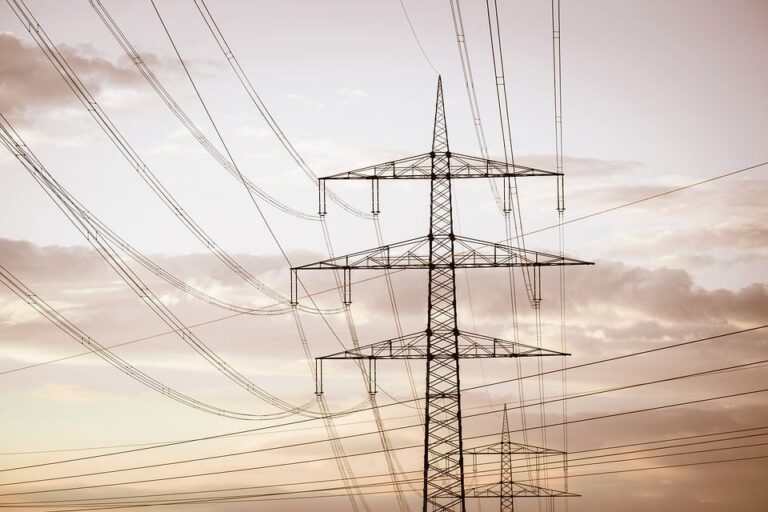On the Brink: How Rampant Deforestation Is Pushing Species to the Edge of Extinction
In a rapidly changing world, the echoes of chainsaws and falling timber resonate more ominously than ever. As humanity’s footprint expands, it leaves behind a trail of barren landscapes and shattered ecosystems. The relentless drive for agricultural expansion, urban development, and timber extraction is propelling the planet into an unprecedented era of deforestation. This environmental upheaval is not only reshaping our world but also pushing countless species to the brink of extinction.
Deforestation, the large-scale removal of trees from forested lands, is a primary driver of habitat loss globally. Forests, which once covered vast regions of the earth, are now being cleared at an alarming rate—roughly equivalent to the loss of a football field every second. This destruction is setting the stage for a potential biodiversity crisis, with some estimates suggesting that nearly 30% of the world’s species could face extinction within the next few decades if current trends continue.
The impact of deforestation is multifaceted, affecting both terrestrial and aquatic ecosystems. Forests are home to over 80% of terrestrial animals and plants; they offer shelter, food, and ecological niches essential for the survival of diverse species. When these forests disappear, the natural habitats of animals, from the majestic jaguar prowling the Amazon to the lesser-known yet equally vital insect species, vanish as well. These creatures are left with dwindling spaces to live and reproduce, pushing them toward extinction.
Beyond habitat loss, deforestation disrupts the delicate balance of regional and global climates. Trees act as carbon sinks, absorbing significant amounts of carbon dioxide and helping to mitigate climate change. When forests are cleared, not only is this vital function lost, but the carbon stored within the trees is released back into the atmosphere, accelerating global warming—a phenomenon that further threatens wildlife by altering habitats and food sources.
Particularly affected are species with highly specialized habitat requirements. The Sumatran tiger, for instance, is eking out an existence in dwindling patches of forest as palm oil plantations encroach upon its last strongholds. Other species, such as the orangutan, are not only threatened by habitat destruction but also fall victim to hunting and the illegal wildlife trade facilitated by increased human access to remote areas.
There is a growing recognition that solutions are urgently needed to address deforestation and its ripple effects on biodiversity. Efforts such as reforestation projects, the establishment of protected areas, and sustainable forestry practices are steps in the right direction. Additionally, international agreements like the Aichi Biodiversity Targets and the Paris Agreement emphasize the need for countries to consider biodiversity conservation as a critical component of climate action plans.
Despite these efforts, the battle against deforestation is formidable, requiring a unified approach that involves governments, non-governmental organizations, local communities, and consumers. Policies must be implemented to protect forested areas, incentivize sustainable land use practices, and curtail illegal logging operations. Innovative solutions such as satellite monitoring technology can help track changes in forest cover and hold accountable those responsible for illegal deforestation.
Furthermore, consumer awareness and responsibility are vital. The global demand for commodities such as palm oil, soy, and wood products is a significant factor driving deforestation. By choosing sustainably sourced products and supporting companies committed to zero-deforestation policies, individuals can play a crucial role in halting the destruction of our forests.
As we stand on the brink, the choices we make today will determine the future of countless species threatened by deforestation. Protecting our planet’s remaining forests is not only an ecological mandate but a moral one. If humanity is to preserve the rich tapestry of life on Earth, it must confront deforestation with urgency and resolve, ensuring that generations to come inherit a world where biodiversity thrives.
The stakes have never been higher, and the time to act is now. Each tree that is cut down not only removes one small piece of the planet’s lungs but also chips away at a species’ last refuge from the inexorable tide of extinction. It is a responsibility that falls on all of us—one requiring more than well-meaning platitudes, but instead decisive, unified action across global fronts. The fight for our forests is nowhere near over, and losing it would mean losing one cornerstone of Earth’s identity.
